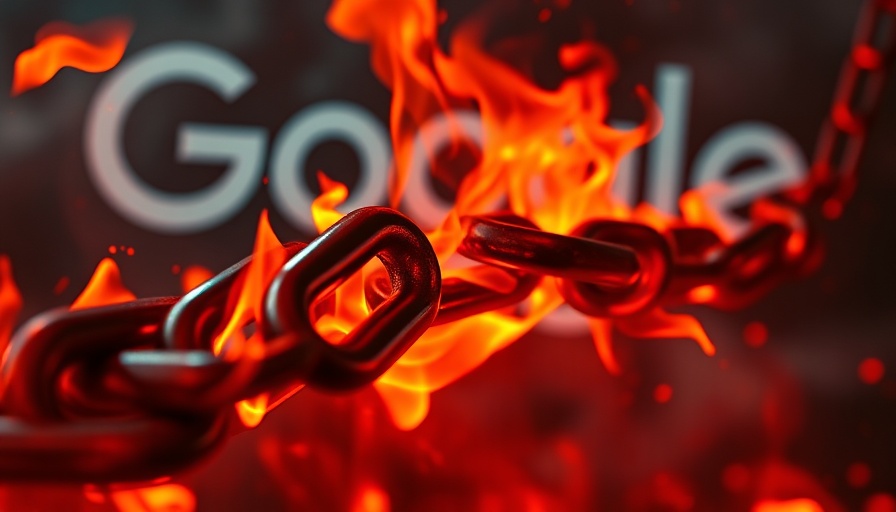
Understanding Hotlink Protection and Its Relevance Today
Recently, Google’s John Mueller affirmed that using hotlink protection with specific carve-outs for search engines remains an acceptable practice, even if it hasn’t been widely utilized in recent years. Hotlink protection, which prevents unauthorized websites from using images hosted on your server, was a common tactic during the early 2010s to conserve bandwidth. However, as Mueller pointed out, the modern digital landscape has shifted, and the need for stringent hotlink protection may have decreased.
The SEO Implications of Hotlinking
Hotlinking occurs when another site embeds images directly from a host’s server, which can drain bandwidth and potentially degrade the performance of the original site. This practice can influence SEO, leading to concerns about duplicate content and its ramifications on search engine rankings. Websites suffering from hotlinking may find their server resources stretched thin, translating into slower site load times, which are critical for user experience and thus affect SEO rankings significantly.
When Carve-Outs Augment SEO Strategy
Interestingly, while some may regard hotlink protection as restrictive, allowing certain domains—such as search engines and social media sites—can actually enhance visibility. By designating specific sites that can access your images, you can maintain control over your content while also boosting your site’s exposure. This strategic maneuver not only benefits your bandwidth consumption but also promotes brand awareness and potentially attracts more visitors to your site.
The Future Of Hotlink Protection: Balancing Risks and Opportunities
As we navigate the complexities of digital marketing, it’s crucial for small business owners and marketers to recognize the evolving nature of image usage on the web. The discussion of hotlinking presents a prime example of balancing protection with promotional opportunities. Allowing select sites while implementing protective measures can create a win-win dynamic. Utilizing services like Cloudflare or similar solutions to manage hotlink protection can automate this process and reduce the manual overhead associated with monitoring and managing bandwidth consumption.
Expert Opinions and Trends in Hotlink Management
Experts suggest that websites should take a proactive approach to managing hotlinking risks. As noted in online discussions, the key is to ensure clarity about what’s being protected and against whom. While Google supports meticulously conducted hotlink protection strategies, caution is advised against blocking all external domains, possibly excluding beneficial traffic sources.
Conclusion: Making Informed Decisions
In conclusion, as hotlink protection technologies evolve, small businesses, marketers, and agencies need to stay informed about best practices. While hotlink protection can save bandwidth resources, it also presents opportunities to enhance visibility through strategic carve-outs. We encourage readers to assess their current hotlinking practices and consider modifications that could support both site performance and SEO goals.
 Add Row
Add Row  Add
Add 




Write A Comment